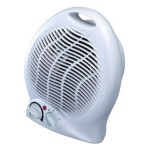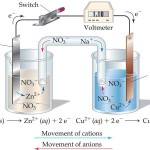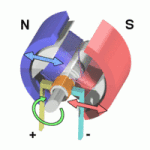After discovering that the energy is due to the movement of the electrons the question is: “How can I use this energy?”
there are a lot of electronic components.
The first one is a resistor:
A resistor is a passive two-terminal electrical component that implements electrical resistance as a circuit element. Resistors act to reduce current flow, and, at the same time, act to lower voltage levels within circuits. [Wikipedia]
Resistor has two tasks:
- keeps the current in the defined range (minimum, maximum) . This is very useful to avoid that strong currents damages delicates electronic components
- Converts the current into heat. It is useful for building ovens
The second Electronic component is a Diode
Diode is a two-terminal electronic component with asymmetric conductance; it has low (ideally zero) resistance to current in one direction, and high (ideally infinite) resistance in the other.
The most commonly function of a diode is to allow an electric current to pass in one direction (called the diode’s forward direction), while blocking current in the opposite direction (the reverse direction). [Wikipedia]
The diode is made of a simple PN junction:
when you make in contact two conductors: one doped with electrons and the other one doped with protons(holes) you create a PN Junction.
In this junction is allowed the current in only one direction: from the P-conductor to the N-conductor because of the barrier.
The diode has many purposes:
- Protecting an electronic reverse priority
- LED (Light emitting diode) that emits light when it is activated



